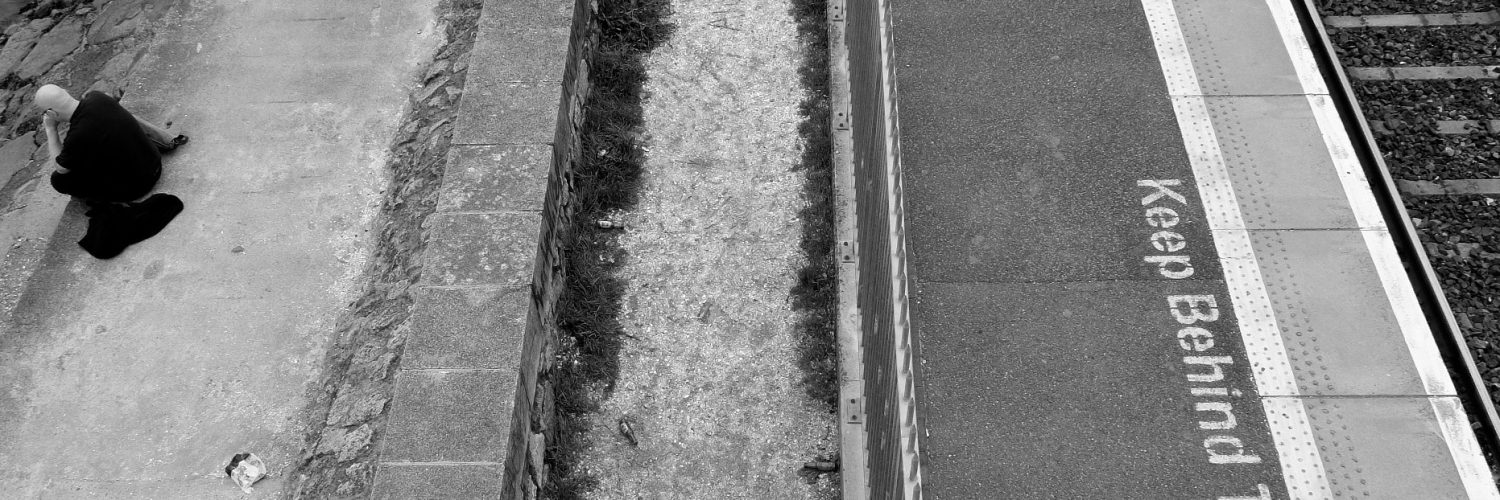CutySense. City’s Rhythm

Em junho do ano passado postei sobre o Citysense, sistema que mostra onde as pessoas estão se encontrando nas cidades, ou seja, um sistema locativo para mostrar onde as tribios se reúnem, onde as coisas “bombam” na cidade. Escrevia na época:
“Mais um sistema usando a potência das mídias locativas para monitorar atividades sociais. Podemos já pensar em usos “policialescos” ou “marketeiros” que irão, certamente, se aproveitar do sistema para vigilância, controle e “target” de consumo através de perfis de uso dos diversos lugares públicos. O texto abaixo já aponta para um uso por “business people”. Para o bem ou para o mal, vemos aqui mais uma vez o uso dessas mídias de localização para reforçar atividades em lugares públicos e para cria agregações sociais (que parece ser o objetivo principal do sistema).”
Agora, matéria da Technology Review aborda o sistema. Trechos:
“(…) While this sort of behavior is common knowledge, it hasn’t been visible to the average person. Sense Networks, a startup based in New York, is now trying to bring this side of a city to life. Using cell-phone and taxi GPS data, the startup’s software produces a heat map that shows activity at hot spots across a city. Currently, the service, called Citysense, only works in San Francisco, but it will launch in New York in the next few months.
(…) The idea, says Jebara, is that a person could travel to a new city, launch Citysense on her phone, and instantly get a feel for which neighborhoods she might want to spend the evening visiting. This information could also help her filter restaurant or bar suggestions from online recommendation services like Yelp. Equally important, from the company’s business perspective, advertisers would have a better idea of where and when to advertise to certain groups of people.
Citysense, which has access to four million GPS sensors, currently offers simple statistics about a city, says Jebara. It shows, for instance, whether the overall activity in the city is above or below normal (Sense Networks’ GPS data indicates that activity in San Francisco is down 34 percent since October) or whether a particular part of town has more or less activity than usual. But the next version of the software, due out in a couple of months, will help users dig more deeply into this data. It will reveal the movement of people with certain behavior patterns.
(…) Jebara is aware that the idea of tracking people’s movements makes some people uncomfortable, but he insists that the data used is stripped of all identifying information. In addition, anyone who uses Citysense must first agree to let the system log her position. A user can also, at any time, delete her data from the Sense Networks database, Jebara says.
(…) So far, Jebara says, Sense Networks has categorized 20 types, or “tribes,” of people in cities, including “young and edgy,” “business traveler,” “weekend mole,” and “homebody.” These tribes are determined using three types of data: a person’s “flow,” or movements around a city; publicly available data concerning the company addresses in a city; and demographic data collected by the U.S. Census Bureau. If a person spends the evening in a certain neighborhood, it’s more likely that she lives in that neighborhood and shares some of its demographic traits.(…)”
